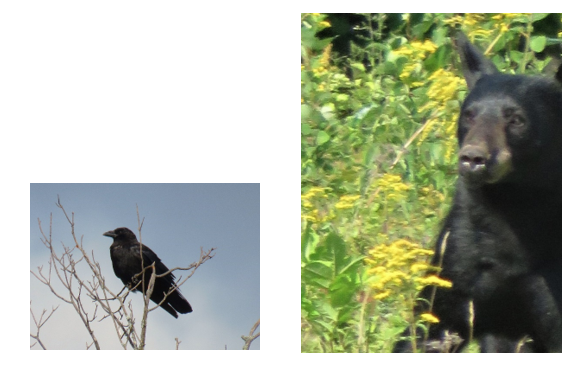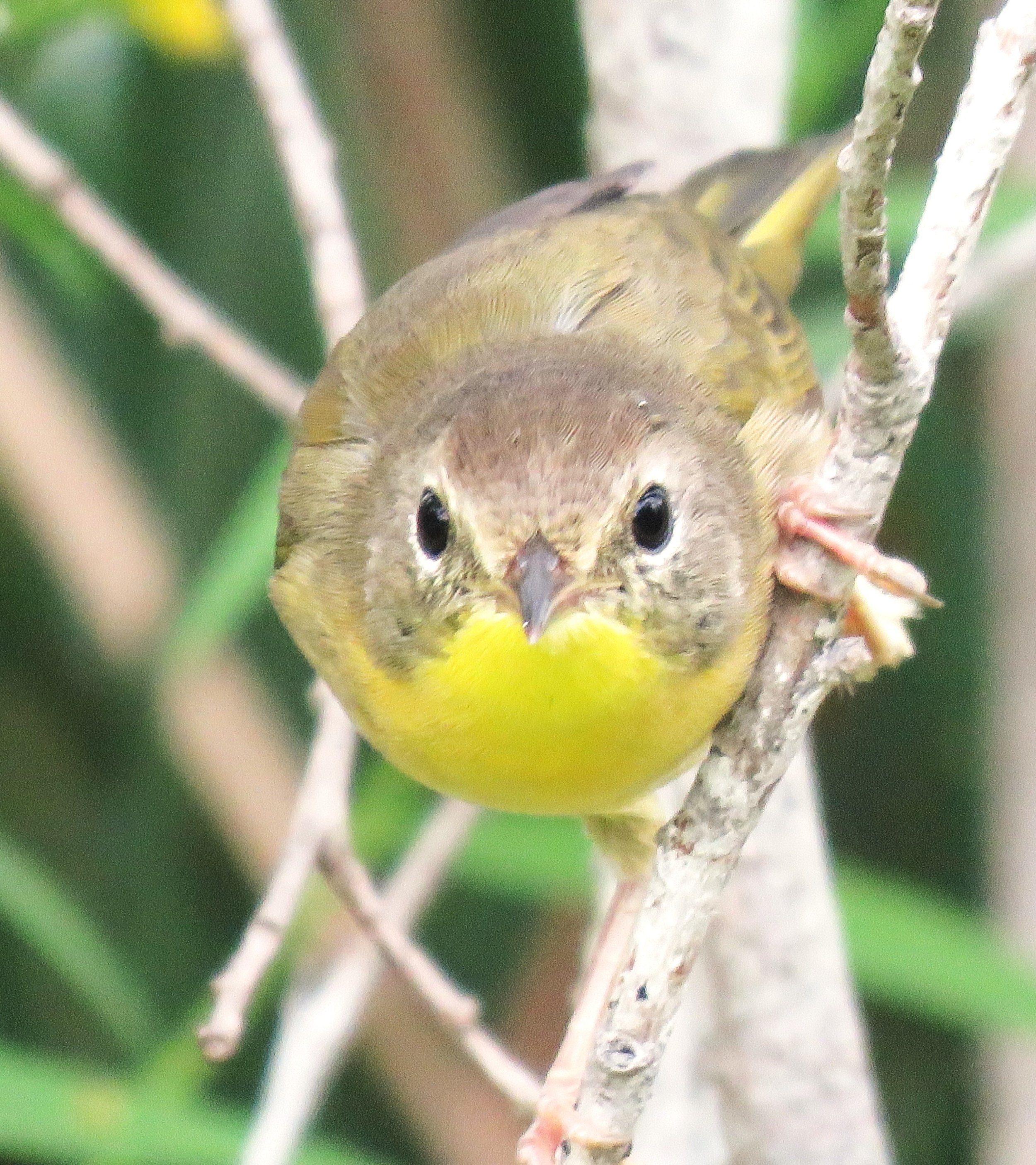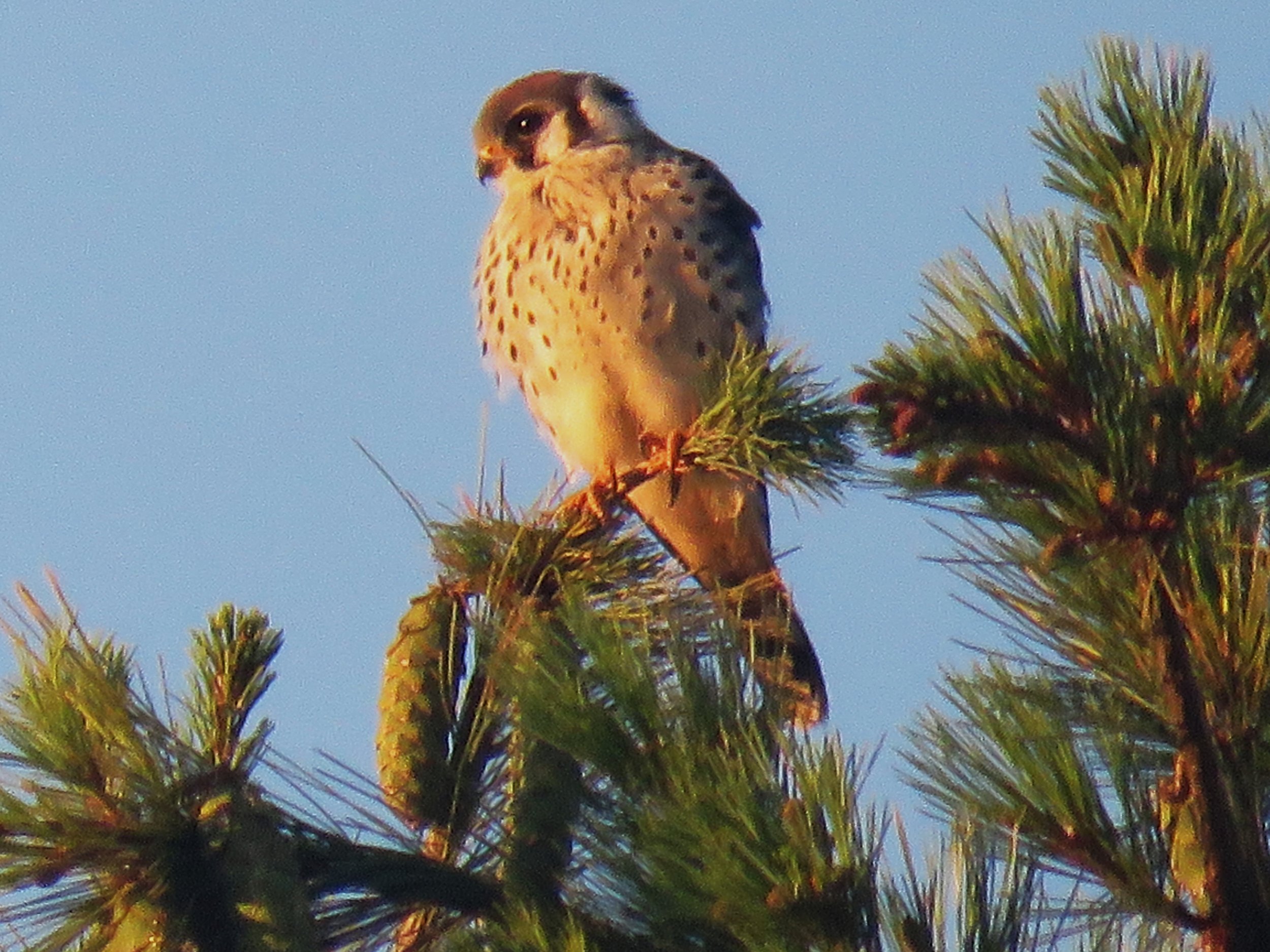Phenological Phacts and Photos w/ Carl Martland / August 2022
A Weekend in Mid-August
Phenology – “a branch of science concerned with the relationship between climate and periodic biological phenomena (as the migration of birds or the flowering and fruiting of plants).”
A Long Weekend in August
It’s mid-August. That awful week-long stretch of hot, humid weather has finally ended, monarchs and common wood nymphs are fluttering all over the yard and the gardens, and birds are everywhere. You can’t wait to find out what else is going on by the pond and in the meadows. You’re excited about having the chance to explore further afield without risking heat exhaustion, and you hope to spend the evenings watching the setting sun while sipping cold drinks out by the pond.
But then you get the dreaded email from the guests who are arriving on the 11th for a long weekend: “We’re really looking forward to having you take us out to see the moose!” We once responded to such a suggestion by saying “Great! We’ll take a drive up to the Connecticut Lakes, which is where everyone goes to see moose.” As a result, the first day of that visit was pretty much ruined by the aches and pains suffered from driving for hours and hours over rough or hilly roads in a fruitless search for moose. We returned home after dark, tired, hungry, and upset that we had missed both the cocktail hour and the sunset over the pond.
[1] Photos and text by Carl D. Martland, founding member of ACT, long-time resident of Sugar Hill, and author of Sugar Hill Days: What’s Happening in the Fields, Wetlands, and Forests of a Small New Hampshire Town on the Western Edge of the White Mountain. Quotations from his book and his journals indicate the dates of and the situations depicted in the photos.
I highly recommend that you don’t make the same mistake! Instead, tell your guests that mid-August in the North Country is the best time to see how summer changes into fall. Tell them that that all kinds of things are happening, that they can see exotic creatures that they would never see in the city, and that they can observe interesting behavior that they wouldn’t even know to look for if you weren’t there to serve as their expert guide. If necessary, make something up - tell them that moose are hiding for the next few weeks, waiting for cooler nights and fewer ticks.
To help you become an expert guide, I have gone through my photos and my journals to figure out exactly what you might see if you take your guests out for a walk through a meadow next to a pond or other wetlands. All of the photos and all of the journal entries included in this essay refer to what I have seen over past several years between August 10th and August 13th, so now you and I both know what to look for in the upcoming weekend.
August 10
As so well documented in “Blueberries for Sal”, vast quantities of blueberries attract bears to the meadows in early August. As the berry crops wane, some of the wild apples begin to ripen, giving the bears another way to prepare for the winter. When you go out to pick berries or collect apples, you are now likely to see grasshoppers and hear crickets, whose emergence seems timed to provide food for the many fledging songbirds.
August 10, 2021. Today we heard the first crickets. As a bear foraged at the bottom of Rufus’s field, we heard a raven squawking and then saw it fly overhead and down the field. Maybe it was the one that I photographed yesterday on a dead limb on top of the big maple at the corner of Post and Pearl Lake Roads.
Tadpoles turn into frogs in mid-August. Young green frogs are content to sit within a few inches either side of the shore line; the smaller leopard and pickerel frogs venture a little further inland, but jump back to the pond if anyone approaches too quickly.
August 10, 2001, 86 degrees, hot, hazy, and humid. A half dozen small frogs jumped into the pond as I approached. Just at dusk, when it was difficult to see, five mergansers flew into the pond. A little later, as it darkened, two bats flew in to feast on the suddenly numerous mosquitos and other insects hovering over the water. Green frogs and northern leopard frogs gave a few croaks.
August 11, 2015. A young pickerel frog sits a few feet from the pond.
August 12, 2017. A green frog still has a bit of its tadpole tail.
August 11
An abundance of small, unwary frogs attracts predators. It probably is not by chance that great blue herons fledge in mid-August, just when a short flight will bring them to lunch, nor is it mere chance that mid-August is when bitterns are likely to be seen or heard, as they also wait patiently in the reeds for another bite to eat.
August 11, 1999. A great blue heron was at the end of the pond, on a rock, croaking (like a frog?). He did this for five minutes, then jumped into the water and picked out something small. I walked out along the dam to get a closer look, and made it directly across from the heron. I didn’t notice the bittern, who flew out of the reeds, surprising both me and the heron, who also took flight.
August 10, 2020. A great blue heron enjoyed its perch upon a rubber raft floating at the far end of the pond (photo).
By early August, the red-wings and the tree swallows and wrens have departed, and it is quieter around the pond. However, recently fledged birds and early migrators add to the activity in the yard and in the meadows. Many of the juveniles are still learning how to find a meal:
August 11, 2009. Two song sparrows were feeding on the lawn in the back yard. The adult would catch a bug, while junior begged for food. When Mom caught one, junior would walk over, tilt its head back, open wide – and Mom would stick the bug in its beak.
A new group of dragonflies will soon take over from the whitefaces, corporals, skimmers and clubtails that were so common in July. But there’s still time to see the colorful 12-spotted skimmers and the widow skimmers, and you may even be lucky enough, as I was in 2017, to see one of our infrequent visitors.
August 11, 2017, 78 degrees, cloudy, by the pond about 1:45. I finally managed to take my first photo of the green dragonfly I’d been seeing around the pond the last few days. It had posed on a leaf, and I estimated its length as about 2”. This beautiful spring-green dragonfly turned out to be a female eastern pondhawk.
Now is the time for flying insects to be extremely wary, not only of the influx of young birds, but also of other dangers. For example, spiders are preparing for the new groups of dragonflies and damselflies by building their webs across the places they know to be most attractive to the newcomers
August 11, 2019, cool, 66 degrees, 3pm. A monarch caterpillar stretched across a milkweed pod at the bottom of Joe Pye Hill (below left). Only a few feet away, an unusual spider had captured something in its web. Just after I took a photo featuring its large red ball spotted with white dots (below right), it suddenly dropped down with its prey and disappeared.
August 12
Out by a pond or a wetland, you will likely see a few of the red meadowhawks and mosaic darners that will be the most numerous and liveliest dragonflies through early October. The male meadowhawks are less than two inches long, but their bright red colors make up for what they lack in size. The mosaic darners, which are much larger and appear to be mostly blue in flight, are named for the triangular patterns on their abdomens. There are several species of both families that are common in our region, but you’ll need a good zoom lens for your camera and a guidebook for accurate identification. Unless you are as eccentric as I am, you’ll do fine by referring to them simply as meadowhawks and mosaic darners. White-faced meadowhawks and black-tipped darner females are the most willing to pose for a photograph.
August 12, 2019, 2:59 pm. The male white-faced meadowhawk has a white face and a red abdomen with black, triangular markings. Females are yellow, so this pair provided a colorful photo when they formed a wheel.
August 12, 2019, 3:48pm. The first black-tipped darners are flying in and out of the reeds in front of my chair at the Point. I managed a photo of a female slowly descending a cattail so she can deposit her eggs in the pond.
This is also a good time to look for warblers and other recently fledged birds that are now old enough to venture forth at least to the edge of the open lawns and meadows. They need to be careful, because the young hawks are also eager to test their skills.
August 12, 2016. A young common yellowthroat perches on a shrub, looking for insects in the undergrowth.
August 13, 2017. After dinner, as I walked out along the path to the solar array, a kestrel flew overhead and disappeared – until I looked high up at the top of the tall red pines on the other side of Pearl Lake Road and saw not one, but two juveniles.
The Main Event
While this essay focuses on just a few days in mid-August, I really can’t say that these three days are likely to be much different from those a little earlier or later in the month, as annual changes in the weather can easily shift the phenological calendar a few days either way. However, certain natural events actually are known to be strictly governed by the calendar, and that I why I have focused on August 11-13.
For me, these three days encompass one of the most highly anticipated events of the phenological year. Perhaps you already know what I mean. Perhaps you too wait for these days, hoping and praying for clear skies and warm nights. Perhaps you put out the lawn chairs a day or two before the big event and make sure you have a couple of blankets in case it turns cold. Then, if the night sky really is clear, you prepare a mug of hot chocolate, grab a blanket, head out to the lawn, and settle down into your chair facing the northeastern sky. Waiting and watching – maybe only for a few seconds, maybe for a few minutes, but – there! There’s one! There’s another one! Wow, did you see that one blaze a trail!
No, not fireflies. Shooting stars. The annual Perseid meteor shower peaks on or about August 12th, which is when the earth passes through a band of space debris that results in the year’s best display of shooting stars. In 1972, Nancy and I set up camp on the side of a lake in Lassen Volcanic National Park on what turned out to be a remarkably clear night. After dinner, as we sat by our campfire, enjoying the view of the stars, we were astounded to see first one, then another, and then many fireballs as meteors flamed through the atmosphere leaving a brilliant sparkling trail halfway across the sky. This went on hour after hour before we finally went to bed.
Every year since then, when at least some of the sky was not obscured by clouds, I’ve found a spot to spend an hour or more looking for shooting stars and hoping for fireballs.
August 12-13, 2015. I saw two pretty good fireballs as I walked out to the front lawn to view the Perseids meteor shower. I saw another dozen over the next twenty minutes, but no more fireballs. … On the 13th, I saw another nine, including a nice fireball that split into two, each leaving a split-second trail sparkling in its wake. So the show was OK, but nothing like the dazzling display Nancy and I enjoyed forty years earlier in Lassen National Park – and have yet to experience again.
August 12, 2020. Just an OK couple of nights for the Perseids. Eight shooting stars in 45 minutes on the 12th (one pretty good); nine in an hour on the 13th (one almost a fireball, another quite good, five OK and one very short).
In short, I’ve enjoyed some pretty good nights, but nothing as breath-taking as what we saw that long ago night in California. However, as a seasoned 20th century Red Sox fan, I am always willing to “wait until next year.”
Now I’ll just head out to the Upper Meadow to enjoy the sight of monarchs, fritillaries, silver-spotted skippers, and other butterflies frolicking over the amazing flowers of the Joe Pye Weed that covers the little hill out by the pond.












